In Judaism, there is a tenant called “L’dor Vador” or from generation to generation. This refers specifically to the collective memory of the Jewish people and the responsibility of passing on knowledge. This is done through the sharing of culture, traditions, and memories.
Yahad-in Unum is an organization that seeks to identify mass execution sites of Jews and Roma orchestrated by the nazis all over Eastern Europe. These acts of genocide that they investigate occur outside of extermination camps, a holocaust by bullets. The mass shootings took place in compressed spaces over short amounts of time. This method of genocide has largely been omitted from the general collective memory that makes up the Holocaust.
Why have these events been forgotten? Because those who were witnesses could not speak out about what they saw for fear of retribution, because of the occupation of the nazis and later the occupation of the Soviet Union. Yahad works to identify these sites, collect forensic evidence, and conduct witness testimonies. The surviving witnesses are in their late 80’s and 90’s. This means that the opportunity to gather these first-person accounts of history will soon disappear, highlighting the importance of their mission.
Today my class had the privilege to watch the Yahad team conduct interviews. They gave us the opportunity to learn more about these sites by visiting relevant locations with the witnesses and participating in the interview process. By allowing us to bear witness to the experiences of these witnesses, they gave us the opportunity to view evidence of atrocities, charging us as keepers of memory while older generations fade away. There will soon be a time when no one will be left to testify to the horrors of the Holocaust. It’s important to be able to collect and transmit these memories so that they are not lost, so that they can be researched and added to the collective memory of what makes up the Holocaust, shared from generation to generation L’dor Vador.
One of the gentlemen we spoke to witnessed a mass execution in a Jewish cemetery near where he lived when he was around 12 years old. He shared with us the cellar under his kitchen where his mother hid two Jewish men. He saw Jews being moved through town to board the trains east, to Treblinka. These are his recollections. In his minds eye, he can see these events that I and others can barely begin to fathom. Now as he ages, he has instilled this memory, his testimony, in Yahad-in Unum and my class so that we may remember and know that these events were true through his testimony. In a time where there are no more survivors or witnesses of the holocaust, who can educate the deniers? It’s imperative to remain educated on these matters that some are so quick to deny. So I hope that by reading this post, you can also begin to shoulder the responsibility of this memory, and seek to expand your own understanding of these events.
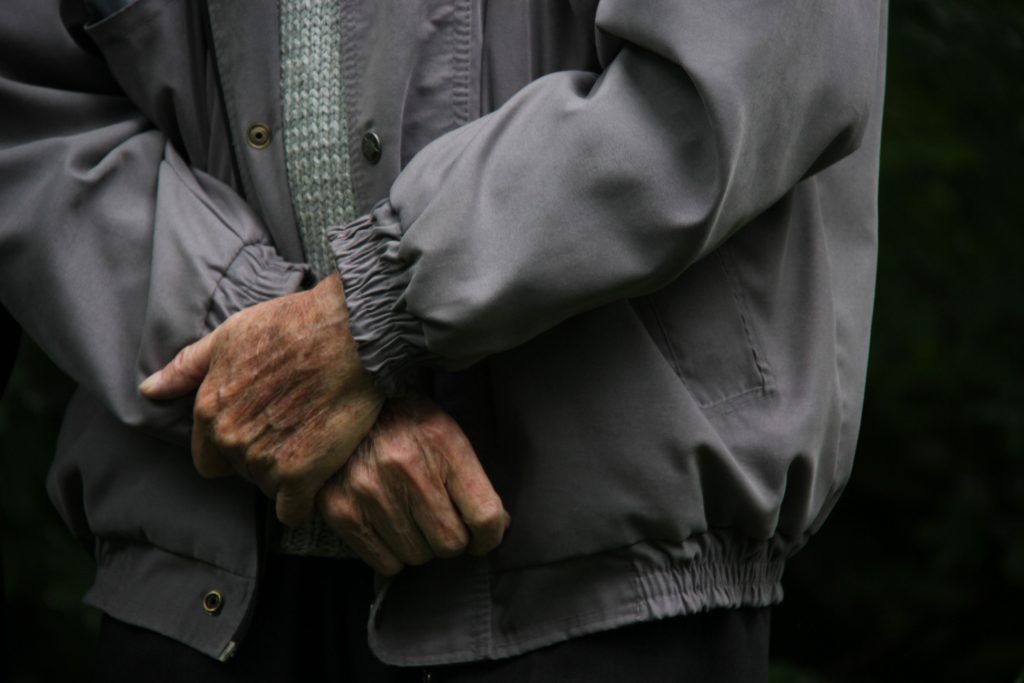
Janvakivsz, one of the witnesses we interviewed alongside Yahad in-Unum. He took us to a Jewish cemetery where he witnessed the mass execution of Jews when he was twelve. 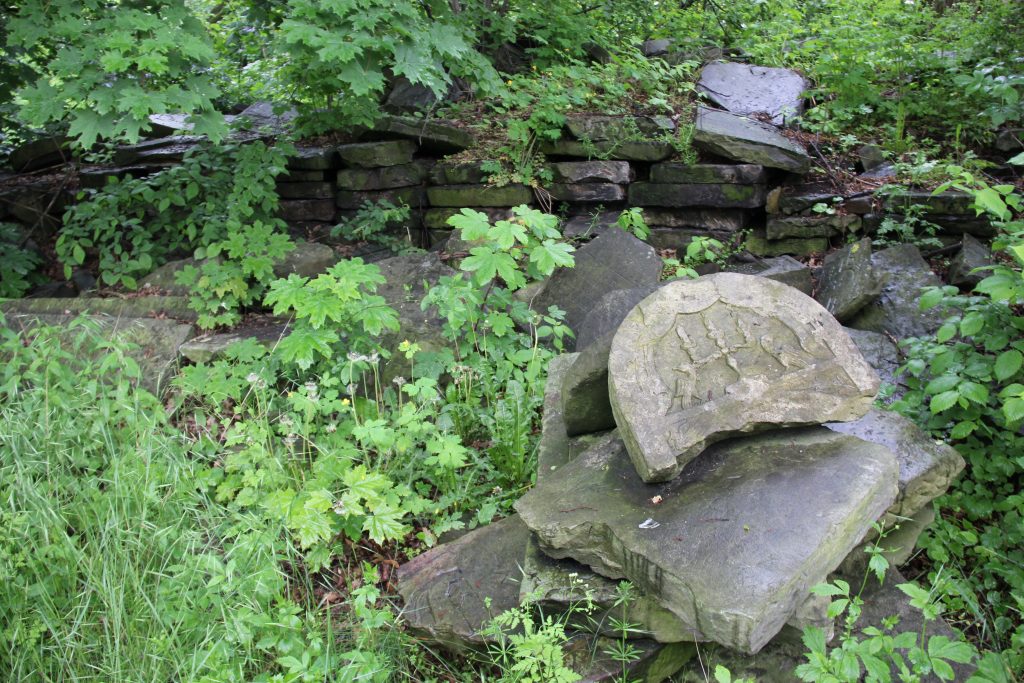
Behind Janvakivsz while he gave his testimony were discarded Jewish tombstones. These tombstones were often used by the Nazi’s to pave the road they erected. Who brought them back to the cemetery, I am not sure. 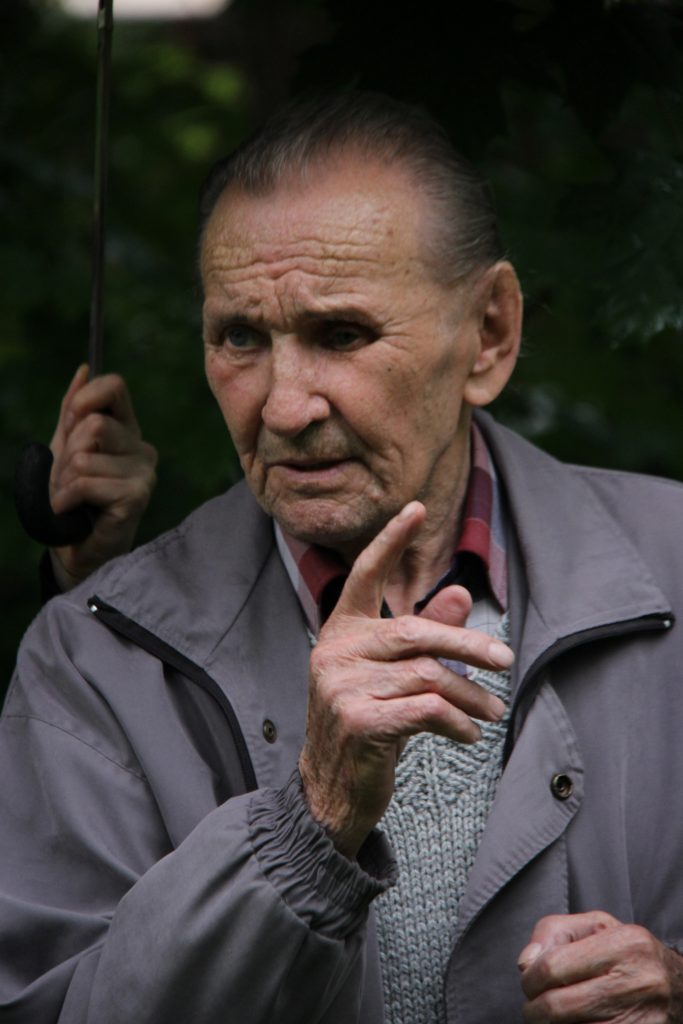
Janvakivsz recalling to the investigators the events that occurred in the Jewish cemetery. 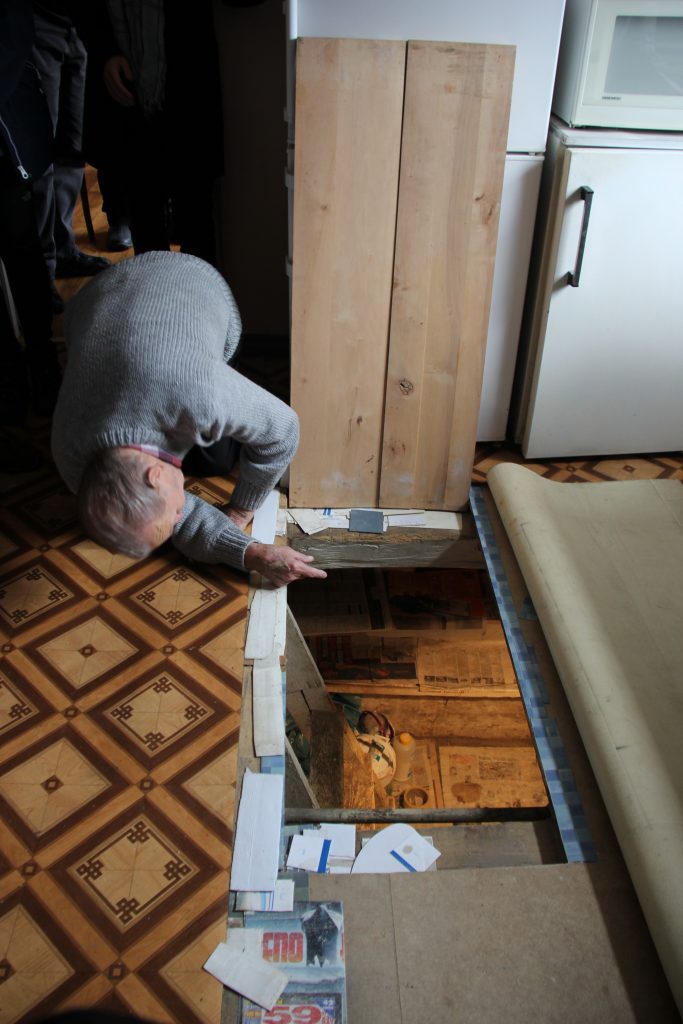
Janvakivsz indicating to the group the cellar under the kitchen where his mother hid two Jewish men. 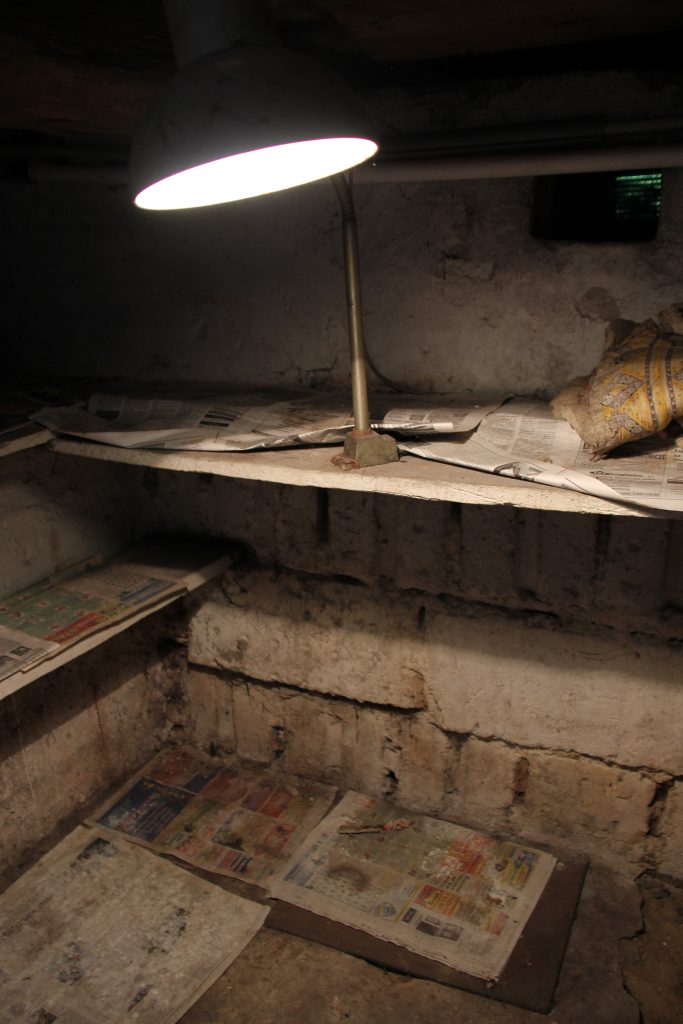
The space under the kitchen. Not enough room to stand up or stretch out. The space had a height of about three or four feet.

2 comments
So many amazing things happened today…experiences one could have never anticipated even had we been told in advance. Seeing the cellar was shocking. One has read of these things…but to see a Jewish hiding place, a tiny space that protected Jewish lives, an area offered by Januariusz’s mother that defied the Nazi agenda reveals so vividly the strength of those who had the moral fortitude to reject genocide and even the bystander role. To see the cellar now, almost as it existed in those times (cement was added after the war) was another penetrating moment of this trip.
Your pictures of Januariusz are lovely and moving.